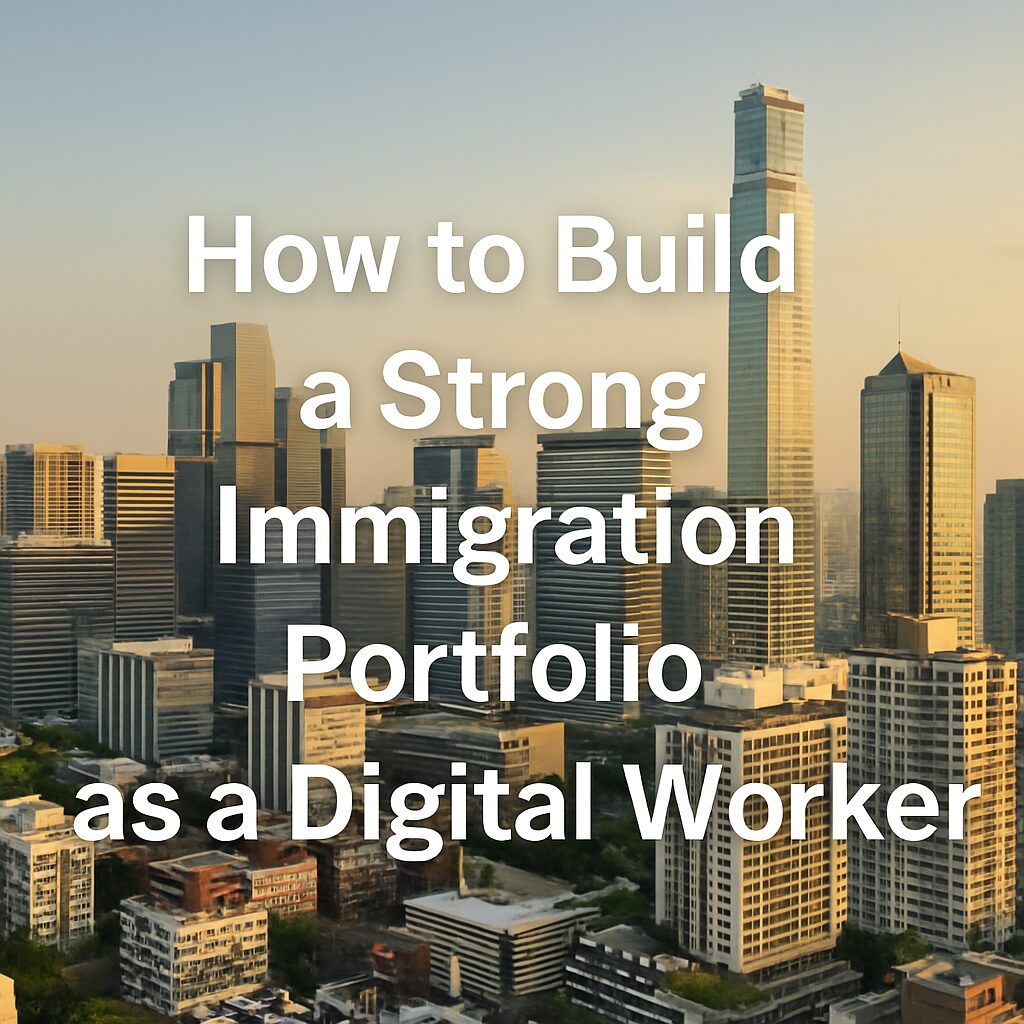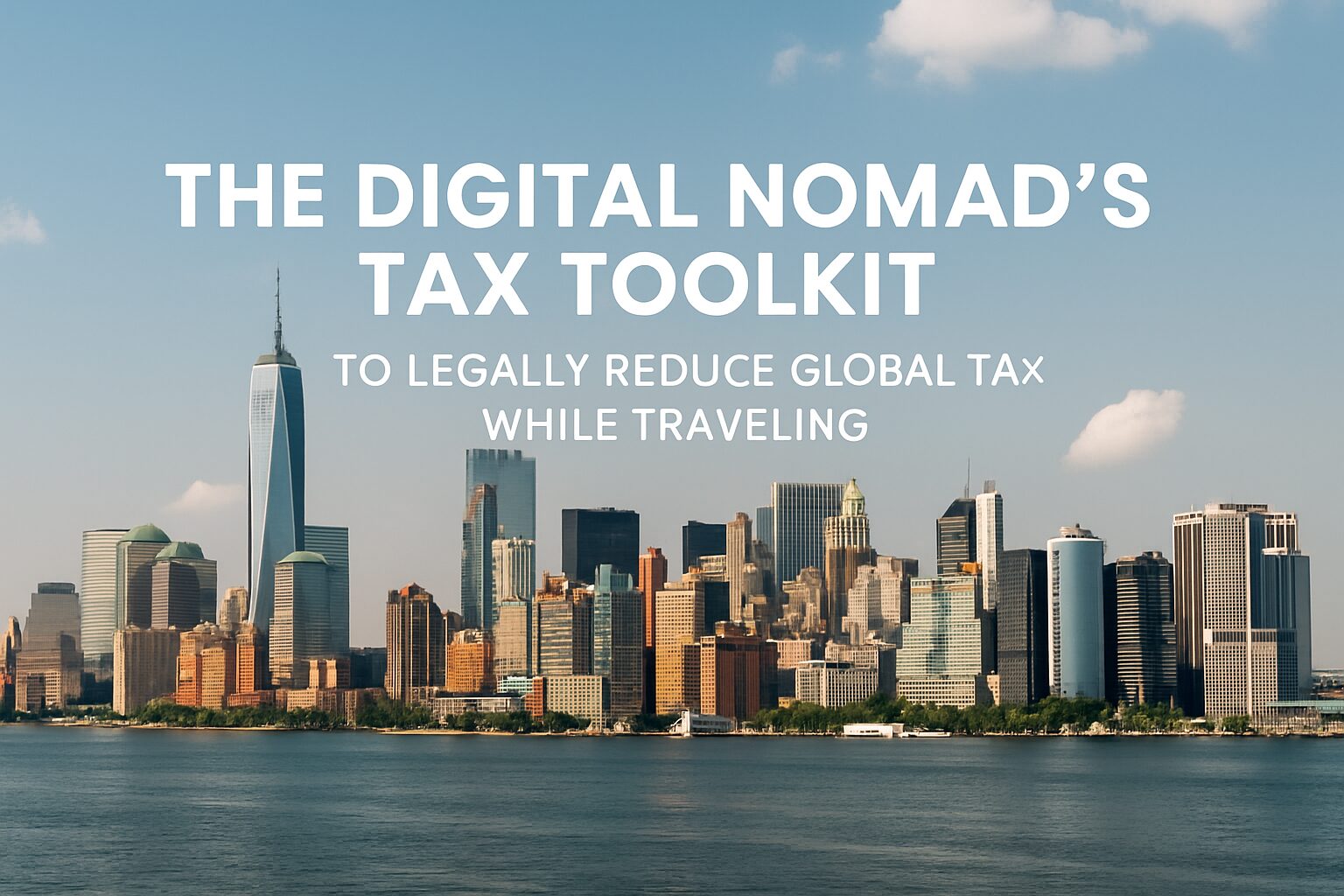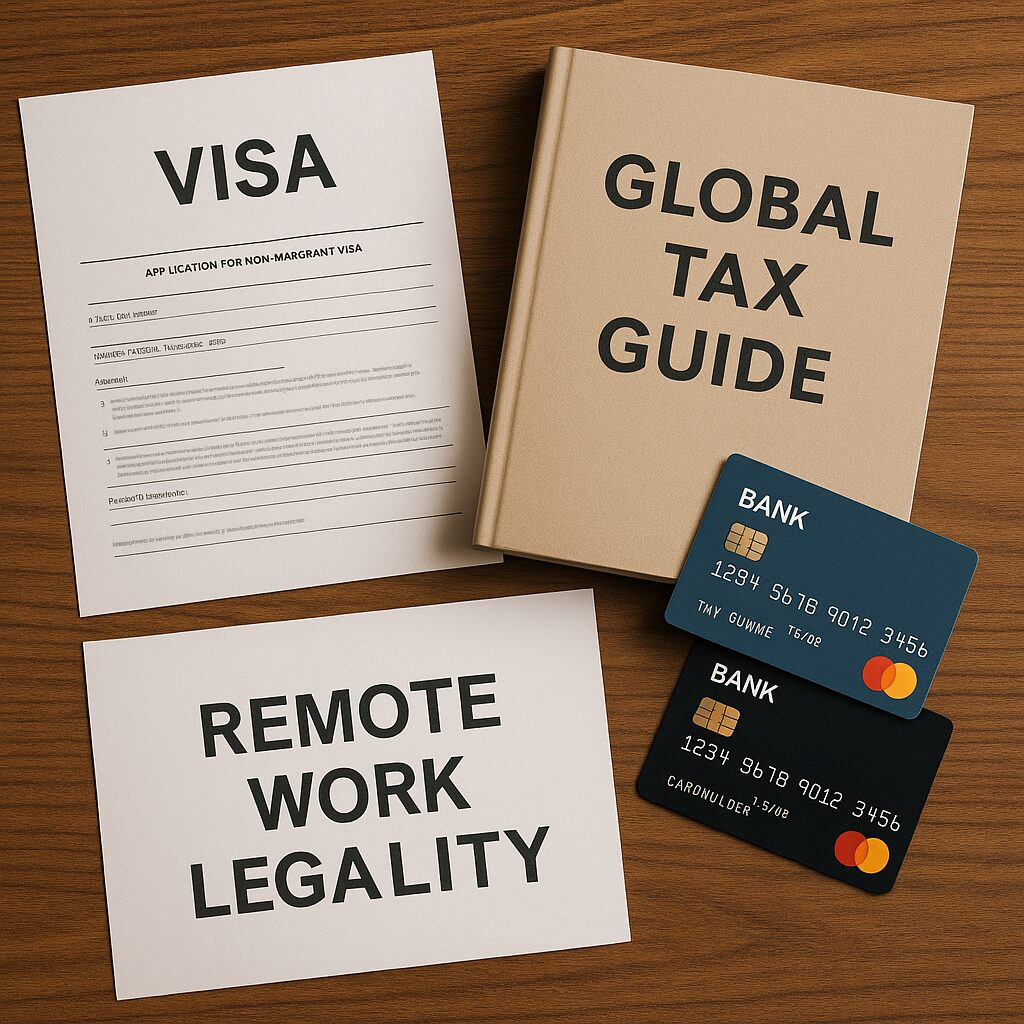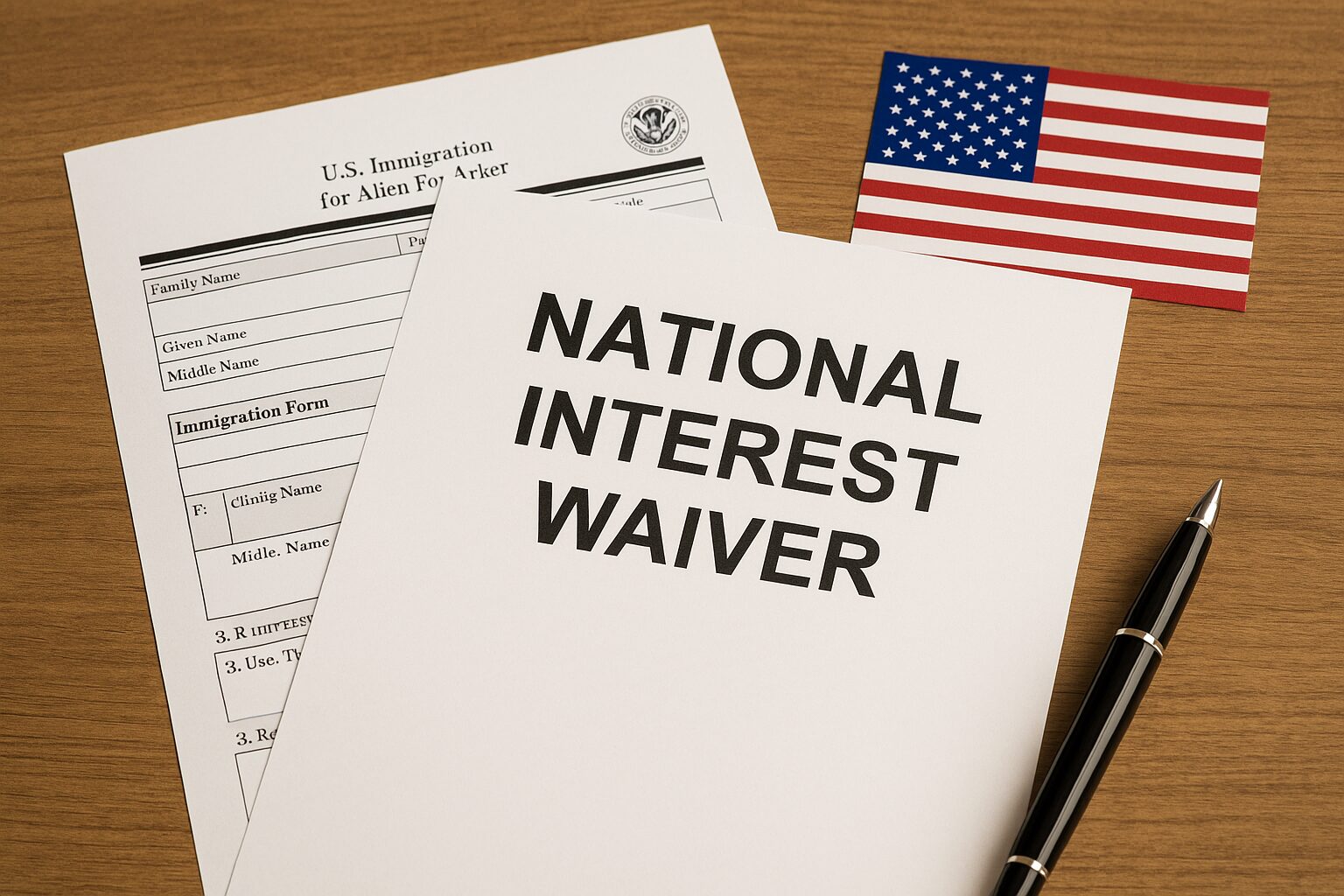Not All Stablecoins Are Built the Same
Stablecoins may look simple on the surface — 1 coin equals 1 dollar, right?
Not quite.
The truth is, how a stablecoin maintains that “stable” value depends on the engine running behind the scenes. That engine is called the backing mechanism — and it makes all the difference between a coin you can trust… and one that can crash overnight.
In this guide, we’ll break down the three core models of stablecoin backing:
- Fiat-backed
- Crypto-backed
- Algorithmic
We’ll explore how they work, what makes them strong or risky, and which ones are actually used by millions of people today.
Why Does Backing Matter?
Backing is what makes a stablecoin… well, stable.
Without a reliable backing model, any digital currency could lose its value within hours. Backing answers these critical questions:
- What gives this coin its value?
- Can I redeem it for something real?
- What happens in a crisis?
Understanding the backing model is non-negotiable before you invest, save, or send stablecoins.
1. Fiat-Backed Stablecoins: Simple, Centralized, and Popular
How It Works
Fiat-backed stablecoins are issued by companies that hold real-world assets — like U.S. dollars — in bank accounts. For every stablecoin in circulation, there’s supposedly one dollar (or equivalent) held in reserve.
Popular Examples
- USDT (Tether)
- USDC (USD Coin)
- BUSD (Binance USD) (now winding down)
Pros
- Easy to understand
- Highly liquid
- Widely accepted across crypto exchanges and apps
Cons
- Centralized – A single company controls the reserves
- Audit transparency varies – some stablecoins face criticism over unclear or delayed audits
- Subject to government regulation and potential asset freezes
Real-World Case
USDT is the most used stablecoin globally. But it’s also been criticized for not always holding full 1:1 reserves or delaying proof of funds. In contrast, USDC emphasizes compliance and publishes monthly attestations.
2. Crypto-Backed Stablecoins: Decentralized and Complex
How It Works
These stablecoins are backed by other cryptocurrencies like Ethereum. Due to crypto’s volatility, they are overcollateralized — meaning you might need to deposit $150 of ETH to mint $100 of stablecoins.
A popular example is DAI, managed by the decentralized MakerDAO protocol.
Popular Examples
- DAI (backed by ETH, USDC, and others)
- sUSD (on the Synthetix network)
Pros
- More decentralized – controlled by code, not a company
- Resistant to censorship
- Transparent reserves on-chain
Cons
- Complex to understand and use
- Vulnerable to market crashes (collateral may drop suddenly)
- Requires trust in smart contracts and protocol governance
Real-World Case
In the 2020 crypto crash, DAI momentarily lost its peg as collateral values fell sharply. The MakerDAO community had to vote on emergency measures to restore balance — showing both the risks and strengths of decentralized control.
3. Algorithmic Stablecoins: No Collateral, Just Code
How It Works
These stablecoins use algorithms and smart contracts to control supply and demand. When price rises above $1, more coins are minted. When price drops, coins are burned or removed from circulation.
No real-world assets or crypto collateral are involved.
Popular (and Infamous) Examples
- UST (TerraUSD) – collapsed in 2022
- AMPL, FRAX, USDD
Pros
- Fully decentralized potential
- No need to lock up capital
- Technically elegant
Cons
- Extremely risky – relies purely on market confidence
- Prone to death spirals in panics
- Difficult to recover once depegged
Real-World Collapse: UST
TerraUSD (UST) was a $40 billion algorithmic stablecoin that promised perfect decentralization. But when investors lost faith in its sister token (LUNA), the system collapsed, wiping out billions in days. It became one of crypto’s most painful lessons.
Comparison at a Glance
| Model | Collateral Type | Centralization | Transparency | Risk Level |
|---|---|---|---|---|
| Fiat-Backed | Real-world currency | High | Varies | Low–Medium |
| Crypto-Backed | Other crypto (e.g., ETH) | Medium | High | Medium–High |
| Algorithmic | No collateral | Low | Code-based | Very High |
So… Which Stablecoin Should You Trust?
There’s no one-size-fits-all answer. It depends on your priorities:
- Want simplicity and mass adoption? → Try USDC
- Want decentralization and control? → Explore DAI
- Curious but cautious? → Avoid algorithmic coins until they prove themselves
If you’re just starting, stick to fiat-backed stablecoins that publish regular, verified audits.
And always remember:
Even “stable” coins can break under pressure. Learn the structure before trusting the label.
Final Thoughts: Backing = Belief + Proof
The future of stablecoins lies in transparency and accountability.
Whether it’s fiat in a bank, ETH in a vault, or code in a smart contract — the backing system must be verifiable, stress-tested, and trusted by the community.
Because in crypto, once trust is gone… the value goes with it.









